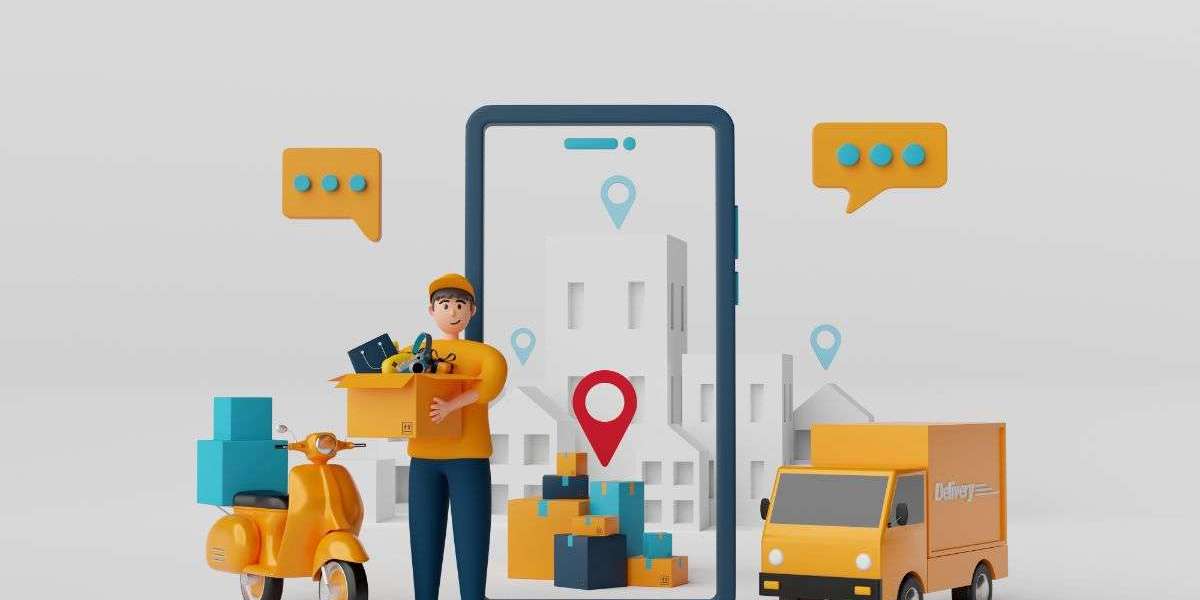Working alongside healthcare professionals has taught me something valuable—while doctors and nurses may get the spotlight, countless systems behind the scenes keep everything running smoothly. One of the most critical, yet often overlooked, is medical delivery. When done right, it ensures labs, pharmacies, and hospitals have exactly what they need, precisely when they need it.
Keeping Diagnosis and Treatment on Track
Medical decisions often hinge on lab results. A delayed blood sample, for instance, can push back test outcomes and force clinicians to postpone diagnosis or treatment. And that delay can cascade—affecting other patients and appointments too.
Reliable medical delivery helps by:
- Ensuring samples are delivered within optimal testing windows
- Supporting time-sensitive diagnostics like pathology or histology
- Allowing healthcare providers to act quickly with up-to-date information
- Reducing bottlenecks caused by waiting on external results
It’s all about keeping the clinical timeline tight—and protecting patient outcomes.
Enabling Faster Response in Emergencies
Not every medical transport is planned. Emergencies happen, and when they do, there’s no time for missteps or standard business hours.
A responsive medical courier system provides:
- On-demand pick-up and delivery, even after hours
- Rapid dispatch for urgent medicines or donor materials
- Direct-to-theatre deliveries for surgical support
- Real-time tracking so providers can monitor incoming assets
In these moments, speed is not just a matter of convenience—it can be the difference between life and loss.
Supporting Rural and Remote Providers
One challenge unique to New Zealand is geography. Clinics and patients aren’t always located near labs or hospitals. In these cases, fast delivery services become the thread that connects remote care to urban resources.
Here’s how they support the system:
- Regular delivery runs to smaller health centres and pharmacies
- Temperature-controlled transport for vaccines or sensitive products
- Cross-regional logistics that enable rural GPs to order from central suppliers
- Same-day replenishment of essential items in outlying areas
This helps prevent service interruptions—and ensures all Kiwis, regardless of location, get timely access to care.
Improving Efficiency and Reducing Waste
Delays and disruptions in medical transport don’t just affect people—they also affect budgets. Spoiled blood samples, expired medication, or duplicated tests all cost time and money.
Reliable medical delivery reduces waste by:
- Maintaining cold chain integrity, especially for vaccines and chemotherapy drugs
- Reducing resubmissions, thanks to quick and secure specimen transport
- Optimising inventory, so supplies are delivered on an as-needed basis
- Cutting down admin time, with tracking tools and automated logs
That efficiency ultimately frees up resources to be used where they matter most—on patient care.
Supporting New Models of Care
As healthcare in New Zealand shifts towards more home-based and community-centred care, delivery plays a growing role. Whether it’s couriering medications directly to patients or collecting at-home samples for lab analysis, a strong delivery network makes it possible.
Some emerging uses include:
- Home prescription drop-offs for elderly or isolated patients
- Collection of swabs or samples for remote testing
- Direct-to-patient delivery for chronic illness medication
- Transport of wearable devices and monitoring equipment
These services bring healthcare into the home—safely, quickly, and reliably.
Final Word
Behind every appointment, prescription, and diagnosis, there’s a logistical system making it all possible. Medical delivery is a foundational part of New Zealand’s healthcare infrastructure—connecting services, empowering professionals, and supporting better outcomes for every patient. When delivery is timely and reliable, the entire system works better. It’s that simple.


